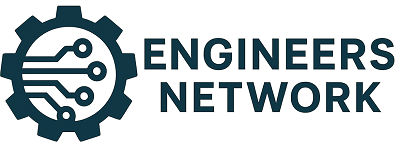Inspection cameras are vital modern devices used in a broad range of industries, including plumbing, mechanics, aerospace, manufacturing, wastewater, sewerage, and more.
Several devices exist within the ‘inspection camera’ category, including borescopes, endoscopes, fiberscopes, drain cameras, and video scopes. These devices all boast different industrial applications.
This article will focus on the importance of drain inspection cameras for business owners within the plumbing, wastewater, or sewerage industries.
What are drain inspection cameras?
Most inspection cameras comprise a small camera attached to the end of a long, flexible rod or cable. These cameras can easily access hard-to-reach or narrow areas, such as the inner workings of a pipe system.
Inspection cameras are highly flexible, meaning the user can maneuver them inside a pipe to travel through any bends and curves. The long rod allows access to areas deep within a pipe system.
As the user moves the camera through the pipe, a live video feed will appear on a digital monitor, offering a real-time view of the pipe’s inner workings.
Who uses inspection cameras?
Drain inspection cameras are commonly used within the plumbing, wastewater, and sewerage industries, although other types of inspection cameras may be used in:
- Mechatronics
- Electrical work
- Safety
- Mechanics
- Service training
What are drain inspection cameras used for?
In the plumbing and wastewater industries, inspection cameras are used to gain visual access to small, tight spaces (particular the inside of pipes and drains). Inspection cameras are excellent diagnostic tools, allowing workers to detect blockages, cracks, and other problems deep within pipe systems.
Using this innovative technology, plumbers can diagnose problems with a drainage or sewer system without needing to dig up or cut through any pipes.
Why are inspection cameras so important?
If you’re a business owner working in the wastewater, plumbing, or sewerage industries, investing in one or more quality inspection cameras will save you time, money, and effort.
Inspection cameras are especially beneficial for businesses because of their accuracy. When you use a drain camera, there is no longer any guesswork involved in diagnosing the problem—you can obtain a real-time, 100% accurate view of the issue and easily attack it at the source.
This pin-point accuracy means plumbers can provide accurate quotes, making operations easier for both the business and the customer.
Because workers will not need to make guesses or physically access a pipe system to diagnose issues, your business will save money and time. Inspection cameras also make assessing problems much more manageable, so you’ll likely only need one worker to manage the job rather than several.
Conclusion
A broad range of inspection cameras exists on the market today. Drain cameras are among the most common types of inspection cameras used by workers in the plumbing, wastewater, and sewerage industries.
Because of their small size and excellent maneuverability, these innovative devices allow workers to quickly obtain a real-time, unobstructed view of a drainage or sewer system’s inner workings.
To save money, time, and energy for your businesses and your employees, we suggest investing in one or more high-quality drain inspection cameras.





Leave a Reply